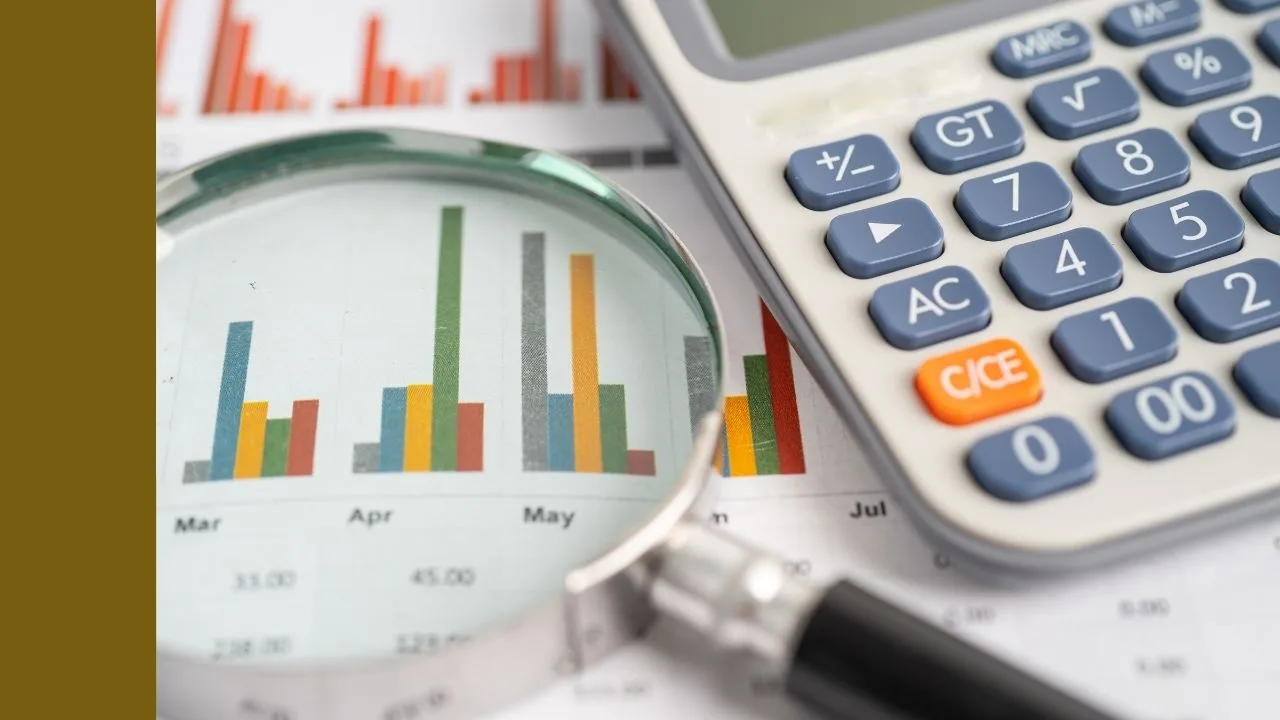PME share price in focus
Founded in 1983, Pro Medicus is a provider of radiology IT software serving hospitals, imaging centres and healthcare groups worldwide.
The company’s suite of products focuses on Radiology Information Systems (RIS), Picture Archiving and Communication Systems (PACS), and advanced visualization solutions. These tools support various functions, from patient scheduling and billing to rapid medical imaging interpretation and analysis.
Pro Medicus’ key value proposition lies in its flagship Visage software, which enables radiologists to remotely view large image files generated by X-rays on mobile devices. This capability allows diagnostic decisions to be made on-the-go, potentially improving patient outcomes by providing timely and accessible information.
The key metrics
For investors, PME’s revenue, gross margin, and profit can provide value insights into the company’s performance.
PME last reported an annual revenue of $162m with a compound annual growth rate (CAGR) over the last 3 years of 33.4% per year. While the absolute number is useful to know, the key point is the trend. We want to see a consistent, upward trajectory in revenue.
Gross margin measures profitability before taking into account overhead costs – it reflects the strength of the company’s core business operations. PME’s latest reported gross margin stood at 99.8%.
Finally, the number we’re most interested in – profit. Last financial year Pro Medicus Limited reported a profit of $83m. Three years ago when they made a profit of $31m, representing a CAGR of 39.0%.
Financial health of PME shares
Profitability is important, but equally important is the capital health of the company. We want to know about the company’s leverage, their capacity to pay debts, and their ability to generate a return on assets. One measure we can look at is net debt. This is simply the total debt minus the company’s cash holdings.
Pro Medicus Limited’s current net debt currently sits at -$153m. Higher debt levels can increase sensitivity to interest rate changes and economic cycles.
Another figure we can look at is the debt/equity percentage. This tells us how much debt the company has relative to shareholder equity – this is also known as leverage. PME has more equity than debt, with a debt/equity ratio of 1.1%.
Finally, we can look at the return on equity (ROE). The ROE tells us how efficiently the company is turning shareholder equity into profit – high numbers indicate the company is generating a lot of value for investors, while a low number raises concerns that capital isn’t necessarily being allocated efficiently. PME generated an ROE of 50.7% in FY24.
What to make of PME shares?
With strong revenue growth over the last 3 years, profits trending upwards, and a solid ROE, the PME share price could be one worth watching in 2025.
Please keep in mind this should only be the beginning of your research. It’s important to get a good grasp of the company’s financials and compare it to its peers. It’s also important to make sure the company is priced fairly. To learn more about share price valuation, you can sign up for one of our many free online investing courses.









